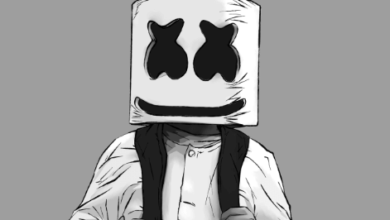
The art of drawing dragons, specifically the intriguing 5z_Boyjkm98 variant, presents a unique challenge that combines technical skill with imaginative interpretation. By understanding dragon anatomy, artists can create more authentic representations that resonate with both realism and fantasy. Techniques for accurately rendering scales and textures further elevate the artwork, while the ability to capture dynamic expressions and movements imbues the piece with life. However, the journey of mastering these elements raises questions about the balance between creativity and anatomical accuracy—an exploration that warrants further examination.
Understanding Dragon Anatomy
Understanding dragon anatomy requires a meticulous examination of their unique physiological features, which blend elements of both reptilian and avian structures, thereby providing insights into their mythical capabilities and behaviors.
The dragon skeletal structure showcases an intricate framework that supports massive wings, emphasizing the importance of wing mechanics for flight.
This interplay between strength and agility allows these creatures to soar with grace and power.
See also: Drawing:3n8islyqucw= Pokemon
Techniques for Scales and Texture
The intricate scales of dragons not only serve as protective armor but also present an opportunity for artists to explore a rich tapestry of textures and patterns that enhance the creature’s mythical allure.
Mastering scale shading techniques allows for depth, while texture variations can evoke a sense of realism.
Employing these methods invites viewers into the enchanting world of dragons, stimulating both imagination and artistry.
Capturing Expressions and Movement
Capturing the fierce intensity in a dragon’s gaze or the dynamic flow of its wings in motion requires a keen observational skill and a deep appreciation for the creature’s anatomy and behavior.
Effective emotion portrayal hinges on understanding these elements, allowing artists to create dynamic poses that convey vitality.
Conclusion
In conclusion, the captivating complexity of dragon depiction demands diligent dedication to anatomical accuracy, texture techniques, and expressive energy.
Mastery of these elements transforms mere sketches into stunning representations of these legendary creatures.
By embracing the enchanting interplay of scales and emotion, artists can evoke a sense of wonder and awe, breathing life into the fantastical forms.
Ultimately, the journey of dragon drawing not only enhances artistic skills but also fosters a deeper appreciation for the mythical marvels of imagination.




